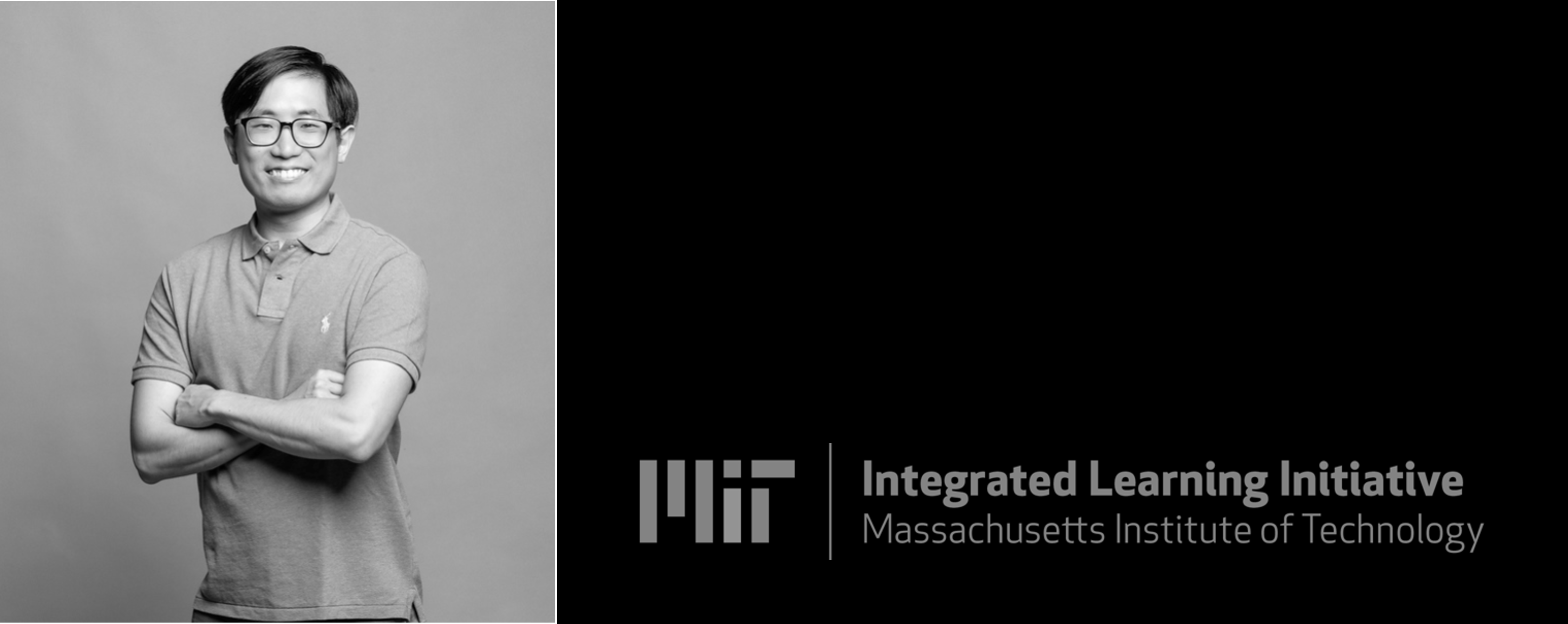
David is a software developer at MIT App Inventor within the Computer Science and Artificial Intelligence Lab (CSAIL). He is interested in the question “What do we need to create so that kids can learn technology with ease?”. David is working on the topic of Conversational AI and building no-code platforms. While his expertise lies in development, David finds immense satisfaction in engaging with students and providing them with invaluable guidance to achieve their aspirations within the App Inventor community.
Prior to joining the App Inventor team, he completed his master’s degree at the University of Colorado Boulder. During his studies, he worked as a research assistant focusing on applying state-of-the-art Natural Language Process (NLP) models with real educational data. His specific goal was to create a solid framework that uses Machine Learning (ML) and Deep Learning (DL) to infer explanatory variables of students’ study behaviors, then further apply them to support educational technology.
For starters, can you tell us a little about App Inventor and Aptly?
App Inventor is a platform where users can create mobile applications by means of drag-and-drop as assemblies of geometric tinker-toy-like blocks. This simplification of mobile app creation has democratized programming and enabled several people around the world to create apps that have social impact, a movement that the team refers to as computational action. Aptly builds on App Inventor’s 15-year experience (initially 2005-2010 at Google, then since 2011 at CSAIL) in democratizing mobile app creation for people who have no programming background. With Aptly, rather than manipulating blocks, users speak or type natural-language descriptions of the intended apps. These descriptions are transformed into the Python-like representations by a generative AI system, currently OpenAI GPT models.
AI, ChatGPT, and EdTech are the new education buzz-words. What impact do you think new technology is going to have in the classroom?
Generative AI stands as a monumental force in democratizing education, transforming every individual from mere consumers to innovative creators. This transformative potential manifests in three pivotal dimensions:
- Accessibility: Generative AI democratizes the act of creation. It bridges the gap for those with limited technical prowess, allowing them to venture into realms previously inaccessible. For instance, budding artists can harness image generation models to draft a painting’s blueprint, while those unacquainted with coding can employ code generators to craft programming applications. In doing so, it ensures that learners of diverse backgrounds can actively engage in our tech-centric world, gaining invaluable skills in the process.
- Efficiency: Generative AI isn’t just about facilitating creation; it’s about amplifying the speed and quality of that creation. It’s a boon for learners under time constraints or those tasked with extensive content production. Whether it’s generating text, translating languages, crafting diverse creative content, or answering queries with depth, generative AI accelerates the learning journey.
- Versatility: The applications of Generative AI are as vast as they are varied. It’s an educational Swiss Army knife, capable of brainstorming your thoughts, analyzing your dataset, curating tailor-made learning experiences, and much more! It’s this adaptability that makes it an indispensable asset in exploring myriad subjects and honing multifaceted skills.
How is your team helping ease technology fears not only for students, but also for educators?
Generative AI, with its transformative capabilities, holds immense promise to elevate society in multifaceted ways. Yet, like any potent tool, it comes with its set of challenges: biases, unintended fabrications, and the propagation of misinformation. To counteract these challenges, it’s imperative to democratize the reach of generative AI, extending its accessibility across diverse audiences. By doing so, we not only foster trust and comprehension around the technology but also empower the community to proactively pinpoint and mitigate potential pitfalls. It is with this ethos that App Inventor relentlessly endeavors to illuminate the intricacies of generative AI and guide its responsible application.
What advice do you have for aspiring software developers, particularly those interested in increasing educational effectiveness?
Software developers keen on enhancing educational efficacy must recognize the transformative potential of AI in streamlining programming tasks. Historically, the emphasis in programming lies in meticulous coding, ensuring precise grammar, and indexing accurately. But with AI’s prowess, many of these tasks may soon be relics of the past. Consider AI’s capability to auto-correct prevalent grammatical errors made during coding. This evolution implies that software developers should pivot their attention to the more conceptual and strategic facets of programming. Their prime objective? Crafting impactful digital artifacts that resonate and make a difference in our community.
What is your favorite thing about being at MIT?
At MIT, the atmosphere is reminiscent of the enchantment found at Hogwarts in the Harry Potter series. The campus pulses with a distinctive energy, as individuals continuously challenge their boundaries to spearhead technological advancements. It’s a community where the collective ambition isn’t just about personal growth, but also about envisioning and shaping a better future for society.